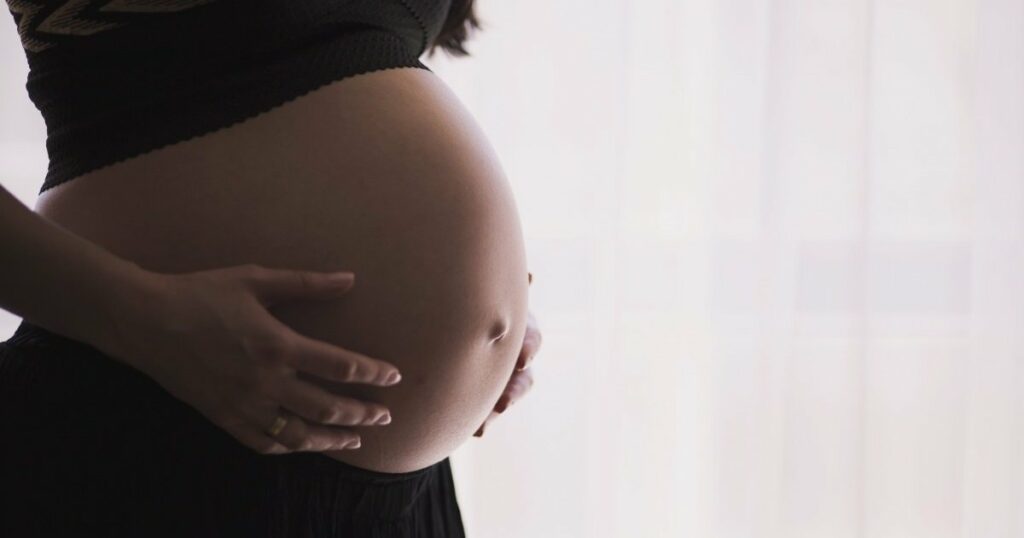Not everyone is affected in the same way by the novel coronavirus. We know by now that the elderly and men are among the most vulnerable but other groups are also seeing diverse effects due to the virus, including pregnant women, according to a new study.

A small study from Northwestern Medicine Prentice Women’s Hospital in Chicago looked at the placentas of 16 pregnant women who had tested positive from COVID-19. All had damage to the placenta, with one pregnancy ending in miscarriage.
Of the 15 other women who delivered healthy babies, 12 (or 80%) had vascular malperfusion (placental injury), a condition that can limit blood flow between the mom and fetus.
Meanwhile, six (or 40%) had placental blood clots, the study showed. Every single woman had at least one affection.
“Most of these babies were delivered full-term after otherwise normal pregnancies, so you wouldn’t expect to find anything wrong with the placentas, but this virus appears to be inducing some injury in the placenta,” said in a statement senior author Dr. Jeffrey Goldstein, assistant professor of pathology at Northwestern University.
No problems were found in the live-born infants, but the findings reaffirmed the importance of monitoring pregnant women more closely. This can be done by doing non-stress tests to examine the placenta or by doing growth ultrasounds to check the development of the baby.
“This preliminary glimpse into how COVID-19 might cause changes in the placenta carries some pretty significant implications for the health of a pregnancy. We must discuss whether we should change how we monitor pregnant women right now,” said in a statement Emily Miller, co-author.
As the first organ to form, the placenta acts as the lungs, gut, kidney, and liver of the fetus, being responsible for shuttling oxygen and nutrients from the mother’s bloodstream. It’s also responsible for the hormonal changes in the mother’s body. Looking at the placenta helps to understand what happened to the baby in the uterus and what could happen to the baby and the mother in the future.
“There is an emerging consensus that there are problems with coagulation and blood vessel injury in COVID-19 patients. Our findings support that there might be something clot-forming about coronavirus, and it’s happening in the placenta,” said Goldstein.
The women that were part of the study delivered their babies at Northwestern Medicine Prentice Women’s Hospital and they all tested positive for COVID-19. Four came in with flu-like symptoms three to five weeks before delivery and tested positive for the virus, while the rest tested positive when they came to the hospital to deliver.
The authors wrote in their study that 14 of the babies were born full-term and with normal weights, while one was premature. “They beautifully normal babies, but our findings indicate a lot of the blood flow was blocked off and many of the placentas were smaller than they should have been,” Miller said.
The research was subject to some limitations. The relatively low number of patients limited the assessment of low frequency or variable outcomes. At the same time, the study didn’t formally test causality or the direct relationship between SARS-CoV-2 infection and the development of placental pathology.
The American College of Obstetricians and Gynecologists had already warned that pregnant women are a high-risk population for coronavirus. This is because of their larger risk of mortality from respiratory infections such as the flu.
The study was published in the American Journal of Clinical Pathology.









